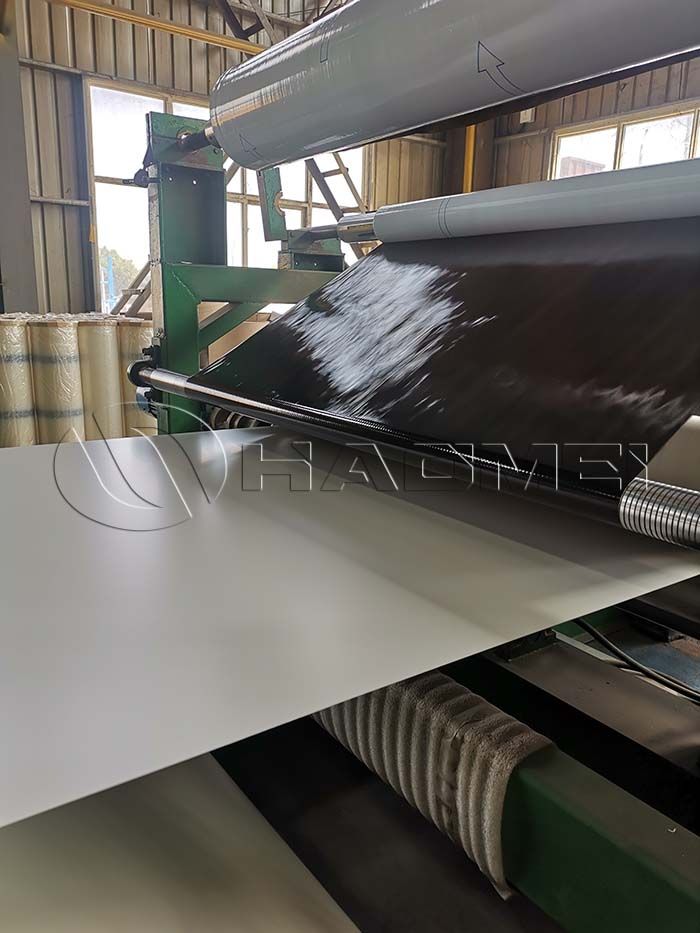The body-in-white is connected by stamping parts of different sizes through welding or other processing methods. Different materials are used for each part according to the needs. Different materials have a decisive effect on the stamping process. So first of all, what materials are used in the body in white?

1. Steel: Needless to say, most of the cars on the market are still mainly made of steel body, which is the most mainstream body material.
2. Aluminum: The density of aluminum is about one third of that of steel. Due to the demand for lightweight, more and more car manufacturers have begun to consider aluminum body solutions. The traditional car brands that respect the application of aluminum materials in the body mainly include Audi, Jagua, TESLA and NIO.
What parts of a car is aluminum? Before answering this question, there are two concepts we need to know first.
Strength
Strength is divided into yield strength and tensile strength. To put it simply, the yield strength is the strength when the material begins to deform irreversibly (for example, the pipe is bent and cannot be straightened), which characterizes the ability of the material to resist deformation.
Tensile strength refers to the strength of the material when it is broken (the pipe is broken), which characterizes the ability of the material to resist damage. In general, the tensile strength is always greater than the yield strength.
Ductility
A physical quantity that expresses the deformation ability of a material.
The strength of steel for bodywork covers a huge range from 200 megapascal (MPa) to the highest 2000 MPa. We call steels with a tensile strength above 500 MPa AHSS. The performance of different steel plates is too different, so the safety of the car cannot be measured only by the thickness of the steel plate.
At present, 5, 6, and 7 series aluminum sheets are mostly used on the car body. Among them, the 5000 series aluminum like 5182 aluminum body panel is for the interior plate of car door or hood panel. The outer panel of doors, engine covers, and side panel generally choose 6000 series. The 7 series is regarded as a high-strength material among aluminum alloys, and its tensile strength is generally 500 MPa, which is already the limit of aluminum.
Compared with the steel just mentioned above, it is basically the entry-level level of advanced high-strength steel. However, the natural advantage of aluminum is its low density, which is only one-third of that of steel. Under the same volume, the weight is only one-third of that of steel, so it still has a lot of room for use in the car lightweight.
The most important thing for the selection of automotive materials is safety in the face of collisions. For crash safety, the body can be divided into two main areas: the energy-absorbing area and the safety area.
Different regions have very different requirements for materials. For example, the main function of the front and rear parts of a car including front and rear longitudinal beams require is energy absorption for impacts from the front and rear. The area enclosed by strength and deformation can be roughly considered as the material's ability to absorb energy.
Of course, we don't want these energy-absorbing parts to break prematurely during the collision, so a certain elongation is the basic requirement for these parts. The second need is strength. Proper strength and good deformability are the requirements for these parts. 6000 and 7000 series aluminum like 6016 aluminum plate are used.
AIWAYS U5 adopts a body structure of upper body steel and lower body aluminum. At the front end of the lower body as the energy absorption area, different materials such as 5, 6, 7 series aluminum plates, cast aluminum, extruded aluminum, etc. are used to maximize the function of energy absorption.
Original Source:https://www.autoaluminumsheet.com/a/what-parts-of-a-car-are-aluminum.html

没有评论:
发表评论